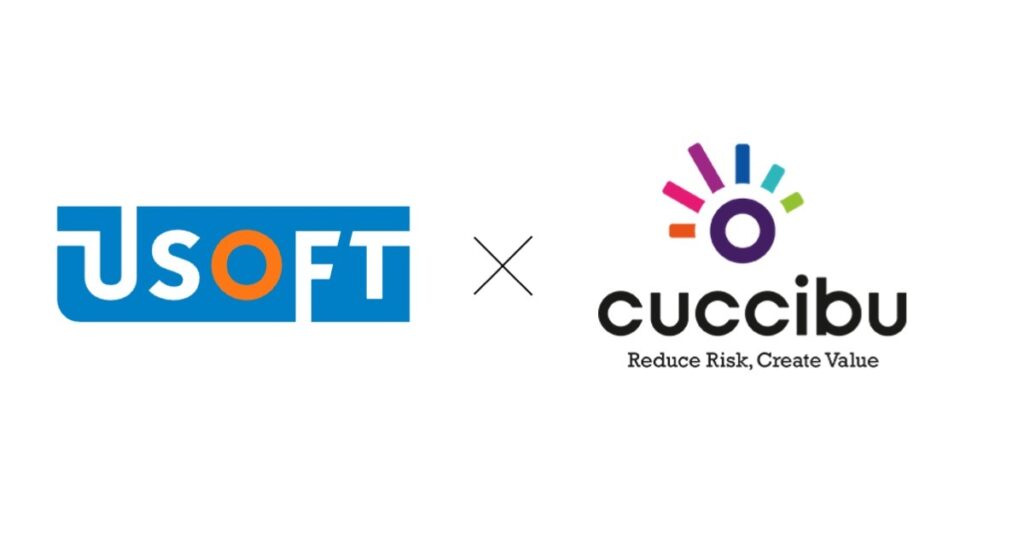Too often, people focus on describing their business just in terms of processes, without proper consideration for business rules. This is somewhat understandable, as much of an organization’s activity appears to be process-driven, and many of us are still educated to solely think in processes. However, a process-centered methodology struggles when it comes to the realities of digital transformation. As we’ll see, by placing a greater focus on business rules, an organization can gain considerable advantages – including improved processes and unlocking future innovation.
Business rules have tremendous value, especially for businesses engaged in digital transformation and software development. Of course, every business deals with business rules as an integral part of every organizational process, but often the tendency is to model a business solely in terms of processes. And when business rules are considered, they are often embedded across numerous processes instead of having an independent and explicit existence of their own.
In today’s digital landscape, businesses must do more than simply carry out tasks; they need to act with intelligence – and making your business rules explicit helps to achieve this.
Business processes vs. rules
A business process is a sequence of events, essentially stating the order in which tasks are carried out to achieve a particular goal. We often see these expressed as flowcharts and decision trees, with a primary focus on how things need to be done.
By contrast, a business rule focuses on what needs to be done, based on specific conditions and criteria. Critically, business rules are independent of whatever actions come before or after, and can be applied to multiple instances or processes.
There is a natural confluence of business rules and processes. Both govern the behavior of your business, telling you what actions need to be taken, and in what order. As an organization you need to turn these governing factors into action, so that people can follow those rules and processes. This typically results in software tools that support this execution.
The problem with a hyperfocus on business processes is it places too much importance on the order of actions (the how). Whereas, it is the business rules that ensure regulations and criteria are complied with, and that the outcome of your processes is as intended.
Therefore, you need to make sure both processes and business rules work in unity. If you neglect or forget the critical importance of business rules – as organizations too often do – you miss a critical piece of business knowledge that determines the successful outcome of each and every process.
How a business rule works
A business rule is very simple. It’s a small piece of text, essentially a sentence, that clearly describes a condition or criteria that needs to be matched. For example, a business rule for a car rental company might stipulate:
‘A person under 21 may not rent a car.’
This rule could be used in numerous diverse situations and contexts, but it remains compact and clear.
With a simple business rule, you’re free to design multiple processes on top of it, provided the rule is met.
When businesses put rules at the center of their organization, the added value quickly becomes apparent. For example, you can create a rule that states that:
‘A client who has spent above a certain threshold must be assigned a personal account contact.’
This is a simple business rule, but it can immediately deliver value because it makes apparent what needs to happen with this simple, single sentence. Compared to decision trees and process-led thinking, this is far more compact and has clear results.
The advantages of business rules
Business rules can be very simple, yet still deliver strong business value. The technical threshold is also very low, as rules are expressed in natural language. No diagrams, coding, or numerical codes are needed. Within a few words, you capture exactly what you want the business to do.
By putting business rules at the forefront, you can focus on the rules without necessarily worrying about the processes themselves. Then, you just use software tools that ensure the right rules are applied to your business processes when they apply.
This is a big advantage for an organization that wants to stay nimble. It enables rapid innovation that still adheres to simple rules that are highly portable to different scenarios and new processes.
Compact and portable
Business rules are inherently compact, portable, and self-sufficient. This allows businesses to create and evaluate rules on their own merits, without being distracted by how it fits with current processes. This makes it easier to validate rules and innovate with new processes.
Putting the business perspective at the center of software development
Another advantage is that business rules naturally put the business perspective at the center of business activity.
Business users themselves can create simple expressions that dictate how the business should work based on criteria they define. Rules are also incredibly flexible in how they’re used – they can cover a whole range of different situations, conditions, and criteria, necessary tasks, optional or alternative tasks, or describe specific process sequences.
Clear terminology
They also enable you to define in clear-cut terms what your business terminology refers to. For example, specifying what you mean by a ‘client’ or ‘personal account contact’. This makes it easy for anyone in the organization to understand what is meant by a rule and how it can be applied.
How rules help organizations to model their business
Business rules are concise, so you have a lot less text to deal with. Instead of a document library, your business can be modeled and captured within a single database. And this is key.
By using a simple database, you consolidate all information about your processes and business rules into one place and make them accessible for software to apply rules whenever they’re needed. And unlike the process-only approach, you only need to record the business rule once. With one source of truth, it’s easier for all parts of the business to work consistently using the same business rules across all processes.
As many businesses are on a journey of digital transformation, software development is naturally taking a leading role. There is a clear benefit for using business rules in this scenario as well. You can not only model the business but also create a clear starting point for software development. Rules can dictate the kind of support the business needs from software, and help create more stable software at the end of each development cycle.
Developing software based on business rules
When software is built based on business rules, it is easier to maintain, adapt, and extend functionality. If a rule changes, then it’s easy to update the software without affecting other functionality, making it easier and faster to maintain your software during the entire solution lifecycle.
Your business rules can play a part in many different decision trees and processes. As a single source of truth, they can continuously safeguard the integrity of your information and only use information or processes if they comply with the rules. This makes your business rules like a protective layer that guarantees your data quality at all times. This is essential for business software, where data reliability is key.
One effect of digital transformation is the rise of the ‘act now’ economy, which reflects the fact that organizations need to increasingly respond more quickly to challenges and opportunities. This is starting to press against core systems and processes, which are often locked inside rigid and sometimes even legacy systems and ‘untouchable’ operational data. Organizations are naturally wary of tinkering with these systems, yet must do so or consider flexible and intelligent extensions to respond quickly, innovate, and remain competitive.
As a result, there’s a strong interest in low-code platforms as a way of speeding up the development process and boosting productivity and innovation. But too often, people are interested in low-code only because it makes initial development quicker. A much more exciting aspect of low-code is that it allows a solution that is more adaptable later. Business rules help support this adaptability.
Business rules: the key to unlocking your potential
As we’ve seen, businesses are expected to respond rapidly to changing market conditions. Digital transformation helps achieve this by modeling the business and using software to become more adaptable and efficient. However capturing the business processes is not enough; business rules are also needed to unlock the full potential of digital transformation.
Business rules are increasingly critical for enabling more automation and leveraging the benefits of low-code applications in business. There is a lot to gain by using business rules for understanding the business. It makes it easier to build, modify, and maintain systems, interfaces, logic, and data in a way that’s fully aligned.
And it’s easy to start using business rules too, because business rules don’t require special coding or technical expertise. You can just start small and work alongside the processes and systems people are already using, and use software tools that put your rules to work whenever needed. These tools ensure that your software solutions are always based on validated business rules, and remain an accurate expression of your ideal business process.




